- Best Sellers
- In Stock
- Famous Painters
- Modern Paintings
- Custom Paintings
- Decorative Paintings
- Paintings for the Living Room
- How to Choose Paintings for the Living Room
- Historical Famous Paintings
- Original Paintings
- Oil Portraits
- History of Oil in Art
- New in Atore
- Promotions
- Biographies of Painters
- Museums
- Modern Art
- Decorate with Abstracts
- Oil Reproductions
- Painting Reproductions
- Vintage Posters
- Reproductions of Famous Paintings
Biographies of famous painters
Biographical and artistic information about the most celebrated pictorial artists in history, masters who have managed to captivate the masses, influenced other artists, established universally recognizable aesthetic bases, and become role models to this day.
Find information about the person, style, period, and most important works. Painters in alphabetical order:
- Beckmann, Max
- Bouguereau, William Adolphe
- Caillebotte, Gustave
- Cézanne, Paul
- Chagall, Marc
- Dalí, Salvador
- Degas, Edgar
- Durero, Alberto
- Giotto di Bondone (pintura del Trecento).
- Goya, Francisco de
- Greco, El (Doménikos Theotokópoulos).
- Hopper, Edward
- Kandinsky, Wassily
- Klee, Paul
- Klimt, Gustav
- Lempicka, Tamara de
- Magritte, René
- Manet, Édouard
- Miró, Joan
- Monet, Claude
- Munch, Edvard
- Murillo, Bartolomé Esteban
- Picasso, Pablo Ruiz
- Pissarro, Camille
- Regoyos, Darío de
- Rembrandt, Harmenszoon van Rijn
- Renoir, Pierre-Auguste
- Rubens, Pedro Pablo
- Seurat, Georges Pierre
- Sisley, Alfred
- Sorolla y Bastida, Joaquín
- Titian
- Van Eyck, Jan (pintura flamenca).
- Van Gogh, Vincent
- Velázquez, Diego
- Vermeer, Johannes
- Vinci, Leonardo da
- Waterhouse, John William
RELATED:
Featured Painters
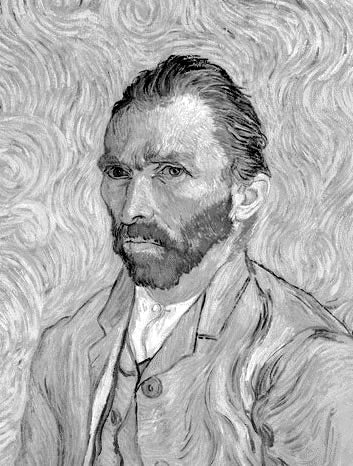
1. Vincent van Gogh
| Full Name: | Vincent Willem van Gogh. |
|---|---|
| Birth: | 1853,Netherlands. |
| Death: | 1890,France. |
| Style: | Post-Impressionism . |
Vincent van Gogh (1853–1890) was a Dutch painter whose work marked a turning point in the history of modern art. His life, as passionate as it was tragic, reflects the constant struggle between creative genius and emotional fragility. Self-taught and deeply sensitive, Van Gogh explored painting as a language of the soul, using color and texture as a vehicle for inner expression. In just a decade of artistic production, he created more than 900 paintings and 1,100 drawings, leaving a legacy that forever transformed the perception of art. His nervous brushstroke, vibrant palette, and unique conception of light anticipated Expressionism and redefined the way we see the world.
Read more
2. Salvador Dalí
| Full Name: | Salvador Felipe Jacinto Dalí i Domènech. |
|---|---|
| Birth: | 1904,Spain. |
| Death: | 1989,Spain. |
| Style: | Surrealism . |
Salvador Dalí (1904–1989) is considered one of the most influential and unique artists in the history of Spanish art. Born and deceased in Figueres (Catalonia), he left an indelible mark on 20th-century painting thanks to his creative genius and inexhaustible capacity for innovation. He was the leading figure of the Surrealist movement in Spain, taking his ideas beyond the canvas to turn his entire life into a work of art.
Read more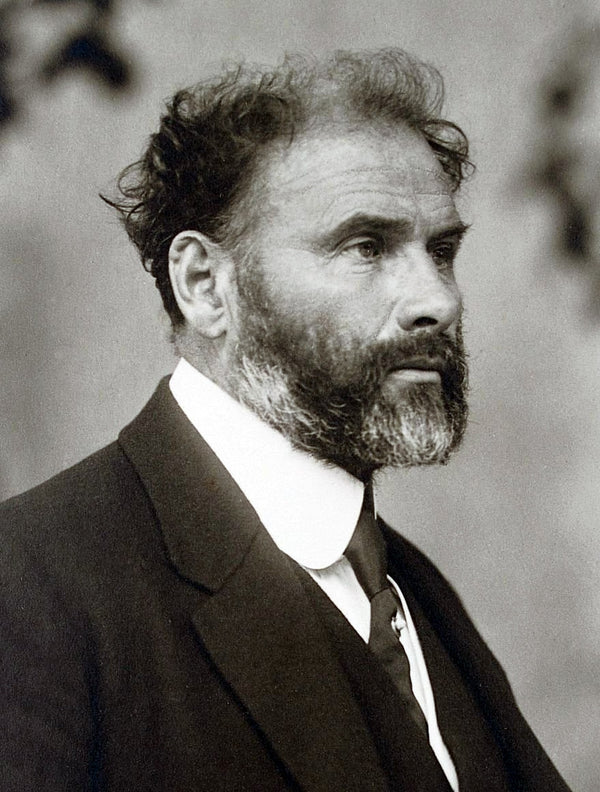
3. Gustav Klimt
| Full Name: | Gustav Klimt. |
|---|---|
| Birth: | 1862,Austria. |
| Death: | 1928,Austria. |
| Style: | Modernism . |
Gustav Klimt (1862–1918) was an Austrian painter whose work marked a turning point in the history of European art. In his early years, he trained within the Viennese academic tradition, developing an eclectic and meticulous style with a strong interest in historical and allegorical themes. However, his personal quest led him to break away from academic conventions and become one of the central figures of the movement that would define artistic modernity at the turn of the century: Modernism (Art Nouveau).
Read more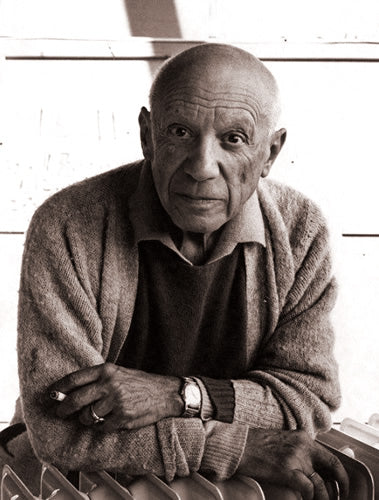
4. Pablo Picasso
| Full Name: | Pablo Ruiz Picasso. |
|---|---|
| Birth: | 1881,Spain. |
| Death: | 1973,France. |
| Style: | Academicism | Expressionism | Cubism | Modernism . |
Pablo Picasso was born in Málaga in 1881 and showed exceptional artistic talent from a very young age. At the age of eight, he painted his first work, titled “The Yellow Picador”, where his remarkable ability to capture movement and expression was already evident. During his childhood and youth, Picasso mastered the academic rules of traditional painting with astonishing ease, standing out for his precision in form and color. This solid technical mastery became the foundation upon which, years later, he would build one of the most influential aesthetic revolutions of the 20th century: Cubism.
Read more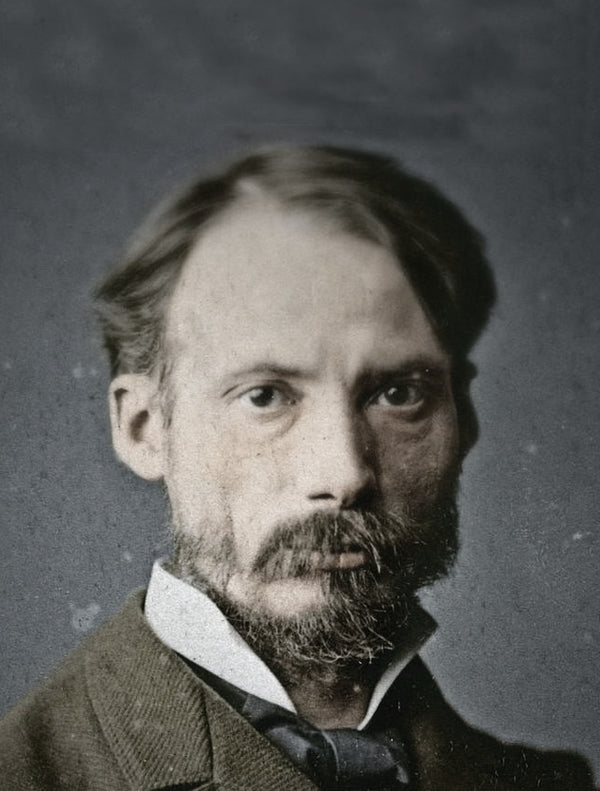
5. Pierre Auguste Renoir
| Full Name: | Pierre Auguste Renoir. |
|---|---|
| Birth: | 1841,Limoges, France. |
| Death: | 1919,Cagnes-sur-Mer, France. |
| Style: | Impressionism . |
Pierre-Auguste Renoir was born in 1841 in the city of Limoges, France. From an early age, he showed a natural talent for drawing and color, soon turning to painting — the art form in which he would find his purest expression. Alongside figures such as Monet, Degas, and Sisley, Renoir was part of the Impressionist movement, a group that revolutionized 19th-century painting by breaking academic rules and embracing light, spontaneity, and the emotion of the moment.
Read more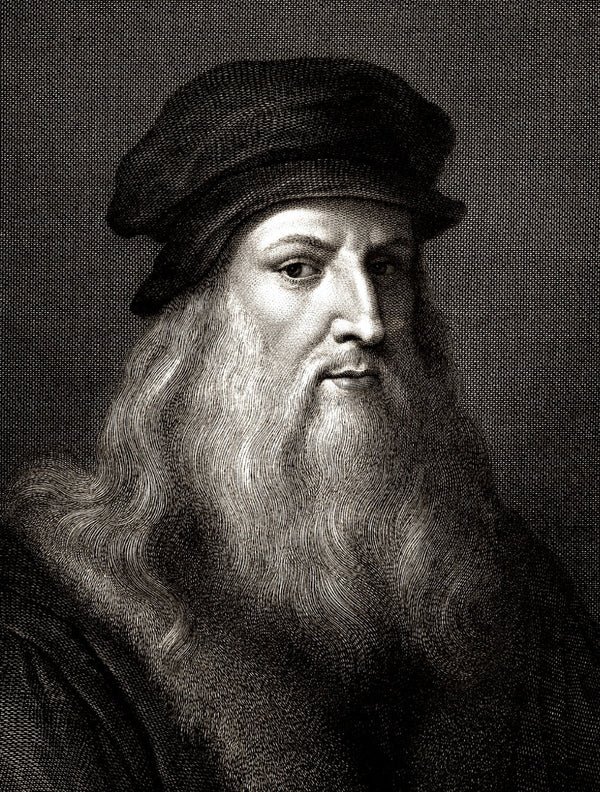
6. Leonardo da Vinci
| Full Name: | Leonardo di ser Piero da Vinci. |
|---|---|
| Birth: | 1452,Italy. |
| Death: | 1519,France. |
| Style: | Renaissance painting . |
Leonardo da Vinci (1452–1519) was an Italian artist, inventor, and scientist, a key figure of the Renaissance. Born in Vinci (Tuscany), he trained in the workshop of Andrea del Verrocchio. As a painter, he created masterpieces such as The Mona Lisa and The Last Supper, introducing innovations in light, perspective, expression, and the use of sfumato. At the same time, he investigated anatomy, botany, hydraulics, and mechanics, leaving designs for machines far ahead of his time. His legacy synthesizes art and science into a unique vision.
Read more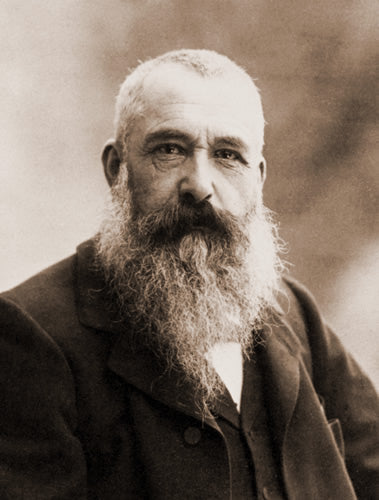
7. Claude Monet
| Full Name: | Oscar-Claude Monet. |
|---|---|
| Birth: | 1840,Paris, France. |
| Death: | 1926,Giverny, France. |
| Style: | Impressionism . |
Claude Monet, born in Paris in 1840, was a French painter and a central figure of Impressionism, a movement that irreversibly transformed the history of art. His work embodies the pure essence of this style: the exploration of light, atmosphere, and the fleeting moment. With a deeply observant eye and extraordinary mastery of color, Monet managed to capture in his canvases the vibration of the landscape and the immediate emotion of visual perception.
Read more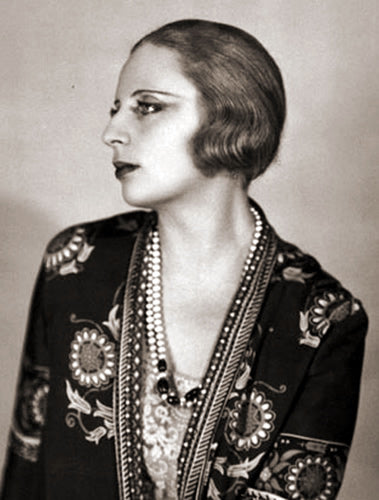
8. Tamara de Lempicka
| Full Name: | Maria Górska. |
|---|---|
| Birth: | 1898,Poland. |
| Death: | 1980,Mexico. |
Tamara de Lempicka was born in Warsaw in 1898 into a wealthy family that allowed her, from a young age, to experience European art and culture. During her adolescence, she moved to Italy, where she discovered her passion for painting while admiring the works of the Renaissance. That early fascination with the Italian masters would profoundly shape her style, defined by geometric elegance and mastery of the female form.
Read more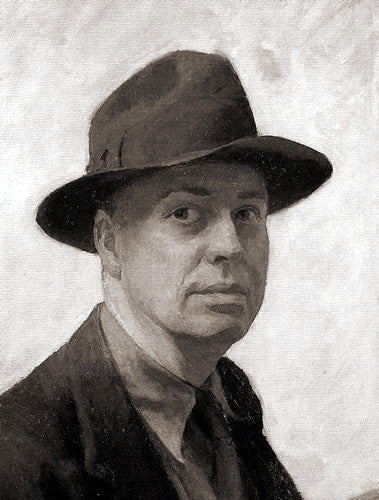
9. Edward Hopper
| Full Name: | Edward Hopper. |
|---|---|
| Birth: | 1882,New York. |
| Death: | 1967,New York. |
| Style: | American Realism . |
Edward Hopper was an American painter of the modernist period, known for capturing like no one else the solitude and suspended calm of urban life. A master of American Realism, he transformed everyday scenes —an empty gas station, a diner lit at dawn, a window open to silence— into reflections on modern existence. His work doesn’t just show buildings or figures: it reveals the space between them, that moment when time seems to stop and the soul looks inward.
Read more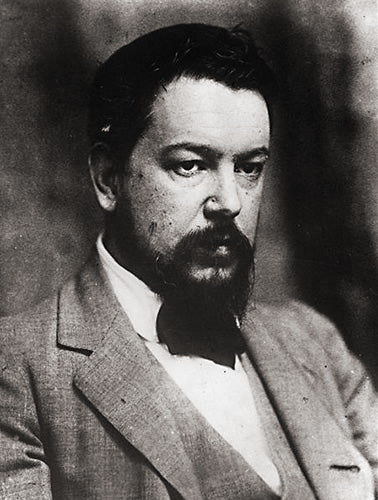
10. Joaquín Sorolla
| Full Name: | Joaquín Sorolla y Bastida. |
|---|---|
| Birth: | 1863,Valencia, Spain. |
| Death: | 1923,Madrid, Spain. |
He was born in Valencia on February 27, 1863, in a Spain that was beginning to see light and color with new eyes. His work is the purest reflection of Spanish luminism, a movement he himself elevated to its highest expression, and of impressionism, from which he adopted freshness and chromatic vibration.
Read more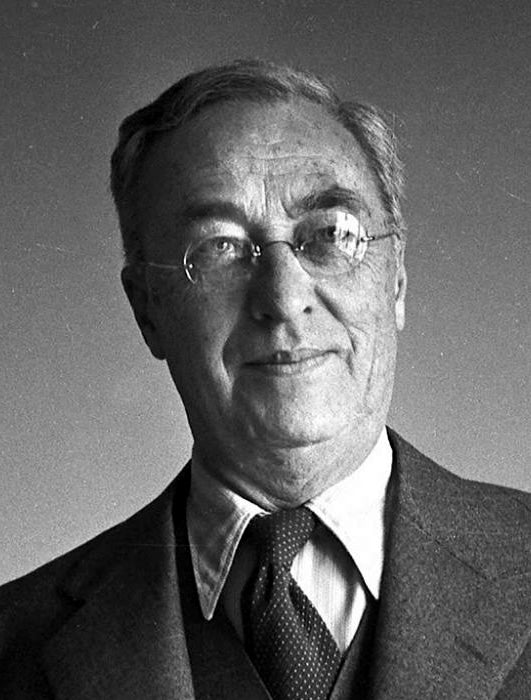
11. Wassily Kandinsky
| Full Name: | Vasili Vasílievich Kandinski. |
|---|---|
| Birth: | 1866,Moscow, Russia. |
| Death: | 1944,Neuilly-sur-Seine, France. |
| Style: | Lyrical Abstraction | Expressionism . |
Wassily Kandinsky (1866–1944) was a painter and visionary born in Moscow, Russia, whose work radically transformed the understanding of modern art. Considered the pioneer of lyrical abstraction, he freed color and form from any obligation to represent the visible world. In his works, tones and shapes—geometric or intuitive—seem to breathe and convey strength, emotion, and rhythm.
Read more
12. Diego Velázquez
| Full Name: | Diego Rodríguez de Silva y Velázquez. |
|---|---|
| Birth: | 1599,Seville, Spain. |
| Death: | 1660,Madrid, Spain. |
Diego Velázquez (1599–1660), born in Seville, was one of the most outstanding artists of the Spanish Baroque and a central figure of the Golden Age. His work marked a turning point in the history of Western art through his mastery of light, perspective, and the realistic portrayal of the human being. Although he was recognized during his lifetime as the court painter to King Philip IV, his universal significance was solidified two centuries after his death, when his style began to influence modern masters such as Manet, Picasso, and Dalí.
Read more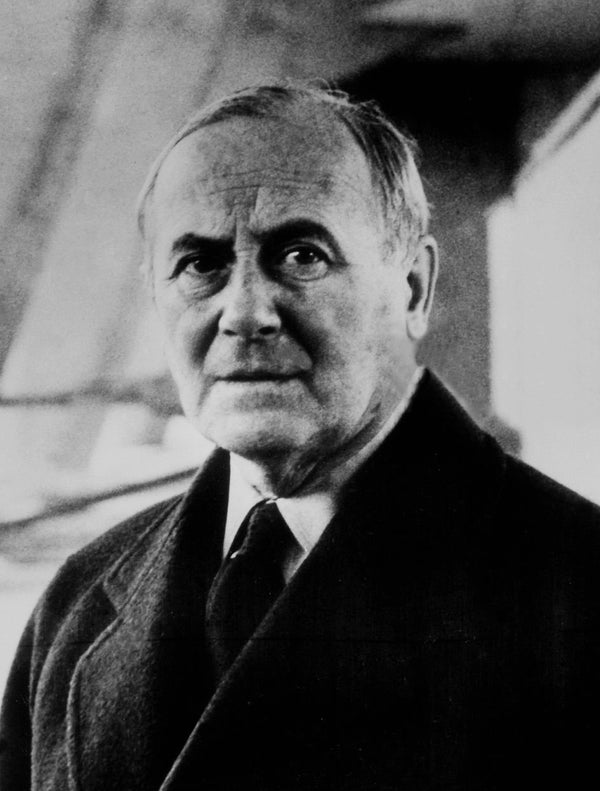
13. Joan Miró
| Full Name: | Joan Miró i Ferrà. |
|---|---|
| Birth: | 1893,Barcelona, Spain. |
| Death: | 1983,Palma de Mallorca, Spain. |
| Style: | Surrealism | Cubism | Fauvism . |
Joan Miró i Ferrà (1893–1983), painter, sculptor, and printmaker born in Barcelona, is regarded as one of the great innovators of 20th-century art and a key figure in defining European Surrealism. His work, deeply rooted in Catalan identity while open to international avant-gardes, marked a turning point between figuration and abstraction. Trained at the Escuela de Bellas Artes de La Llotja and the Academia Gali, Miró evolved from early Post-Impressionism toward a distinctive visual language dominated by symbols, signs, and structures that transcended conventional representation of reality.
Read more